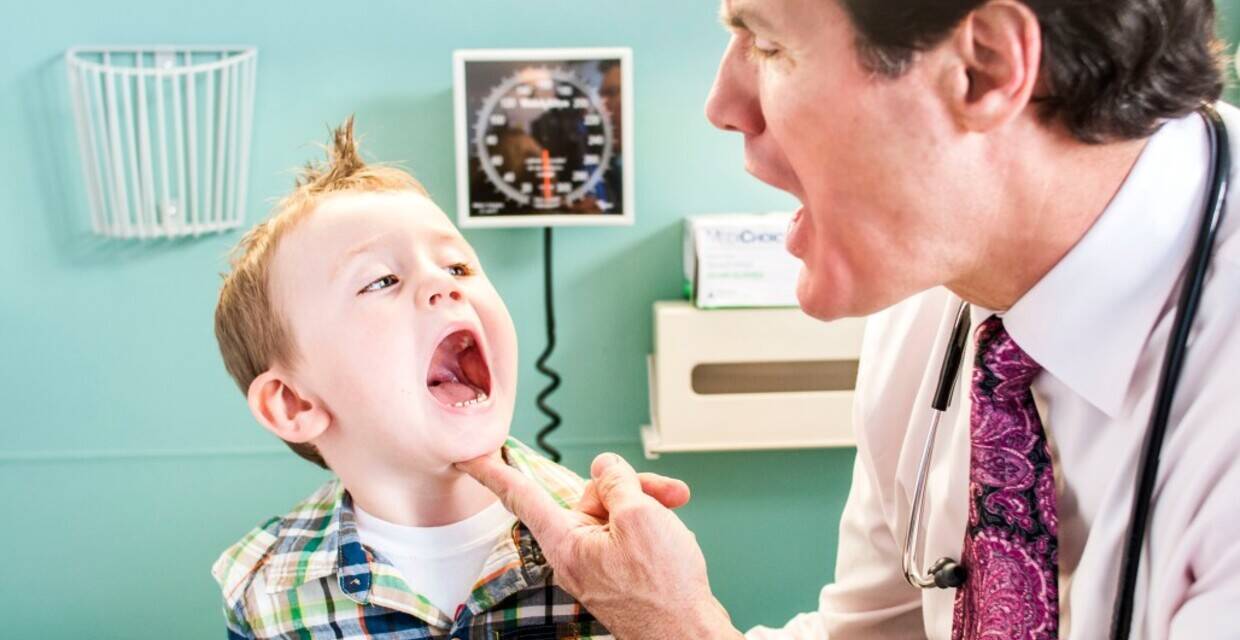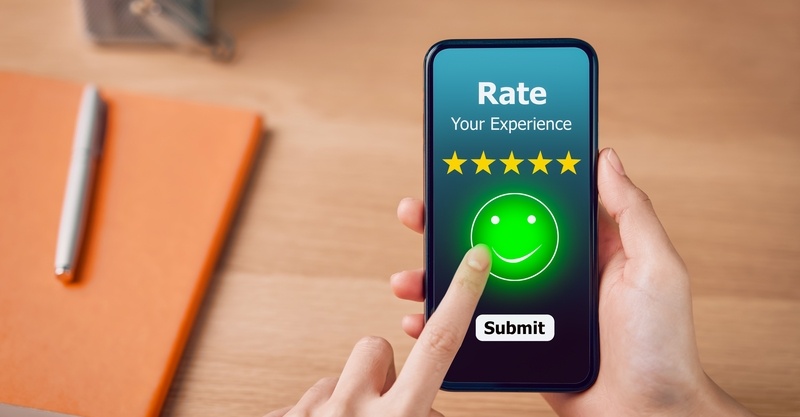Consumerism continues to permeate every economic sector, and healthcare is no exception. Along with excellent healthcare services, your patients are searching for personalized service, convenience, and punctuality. Adjusting your clinic’s practices to meet these desires can have a major impact on consumer attraction and retention, clinic reviews, and the overall health of your patients.
We surveyed nearly 1,000 Americans to learn about what matters most when visiting an urgent care center, and what is most likely to cause them to change providers. Below, read about the eight patient trends that underscore consumers’ healthcare decisions.
1.Patients want care, anytime, anywhere

The immediate access to information has significantly impacted our expectations of how medical care should be provided Telemedicine is already being implemented at urgent care clinics across the country, and consumers, particularly millennials, are especially eager to take advantage of the opportunities telemedicine provides.
The option to talk to a doctor or nurse practitioner before visiting a clinic is an attractive one – 90% want to utilize this option. The opportunity to use video when communicating with healthcare staff is also favored (57%). Telemedicine is quickly becoming an important feature for consumers and can be used to supplement in-person care.
Patients want to be able to communicate before and after their visit, without the inconvenience of waiting for a provider call-back. Adding patient communication through text can significantly impact the overall satisfaction of your consumers. Telemedicine also fosters patient-provider relationships and offers a cost-effective way to manage chronic conditions or monitor injury progress.
2. Patients have reservations about walk-ins

While urgent care is primarily a walk-in culture (61% of patients are walk-ins, 39% have scheduled appointments), 66% of patients have indicated that they would rather make an appointment than walk-in. Our fast-paced society leaves limited time for accidents or illnesses and waiting as a walk-in is an inconvenient and inefficient process.
3. Preference for mobile booking increases with repeat visits

Convenience is key for healthcare consumers. We are practically glued to our smartphones, making mobile booking an easy and efficient option for many consumers.
Consumers want to book urgent care visits through their mobile devices, and this desire increases with visit frequency. 42% of consumers who visit once a year prefer booking on their mobile device to calling or using a computer. This number increases to 71% for consumers who visit five to eight times a year. It’s important that mobile booking becomes a part of your practice because the main reason people switch urgent care or medical clinics is if they find one that accepts mobile booking.
4. Patients want peace of time

Long wait times are a symptom of an outdated healthcare model, where providers were unable to predict patient flow from hour to hour. Armed with technology, patients are now able to better manage their time and expect shorter wait times as a result. 70% of consumers prefer scheduling a visit online instead of adding their name to a waitlist. This gives consumers back valuable time that they would otherwise spend waiting, and can significantly impact overall patient satisfaction.
5. False expectations lead to disappointment

Consumers expect you to recognize that their time is valuable. If you’re going to take bookings, it’s important that you set realistic expectations; patients become less patient when they expect to be seen at a certain time. Patients with appointments will wait a maximum of 20 minutes, while a patient without an appointment will wait 38 minutes.
There are several opportunities available to balance walk-ins with appointments, including online virtual queues and save-my-spot options. Consumers also respond favorably to real wait-time transparency, both online and in your waiting room.
6. Because time is money, patients would pay to skip the wait

Americans are used to paying for convenience, and healthcare is no exception. Consumers are willing to pay to skip the wait at an urgent care clinic; $27 to avoid a 60-minute wait, $15 to avoid a 45-minutes wait, $8 to avoid a 30-minute wait, and $5 to avoid even a 15-minute wait. For patients with a time crunch, this option can be incredibly lucrative.
7. Patients are shopping around

Your patients are shopping around. They have options and will continue to search for the clinic that provides the most value. Provide comfort, but don’t get too comfortable! Top four reasons patients consider switching clinics:
- Accepts mobile booking. Mobile booking availability is the #1 reason why patients switch urgent care centers. When finding an urgent care center, the ability to use a smartphone to book an appointment can be the difference between a visit to you or another clinic. Make sure that your online presence includes a mobile booking option that is user-friendly and compatible with a variety of devices.
- Communicates price beforehand. Price transparency is incredibly important to consumers. 70% of urgent care patients look for prices before their visit, and 38% have indicated that they would switch clinics if they found one that communicated the price beforehand. As the relationship between healthcare and insurance becomes increasingly complex and more and more patients are going without insurance altogether, consumers are highly concerned about healthcare costs. Clearly communicating costs goes a long way in building trust with your patients, and can lead to increased consumer satisfaction.
- Shares results with primary doctor. Patients don’t want to have to cart their results back to their primary care physician, and they often don’t have time. Especially for patients with chronic conditions, sharing results and visit information with their primary doctor can be a huge relief.
- Allows you to fill out forms online. Making forms available online for patients to fill out before arriving at the clinic significantly reduces wait time, increasing consumer satisfaction. Additionally, online forms reduce the data entry burden on the clinic, allowing more time for patient care.
Put your patients first
Solv is a mobile-friendly service that lets patients find and book a same-day doctor’s appointment at an urgent care clinic and skip the wait. For urgent care operators, Solv provides amazingly simple clinic software that transforms the urgent care experience by increasing new patients, decreasing wait time, and boosting 5-star reviews.
To learn how Solv can help you get ahead of patient trends and improve your experience, visit www.solvehealth.com/for-providers or email us at info@solvhealth.com.



